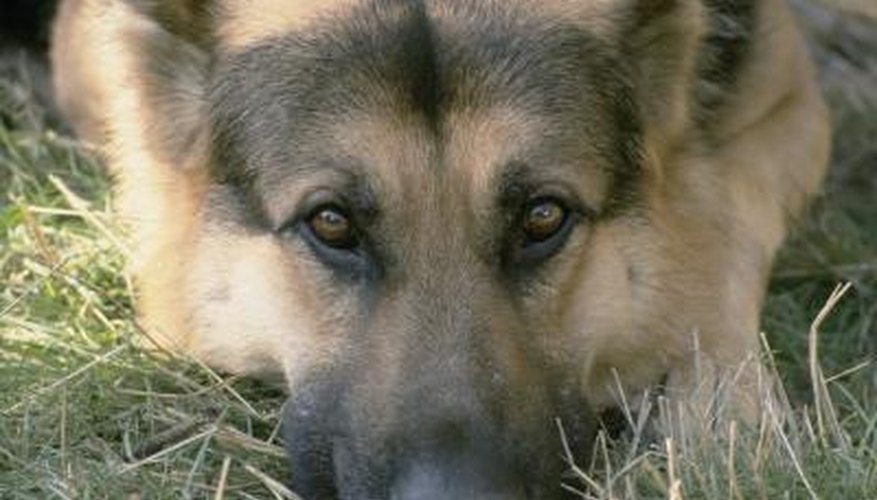Ticks and warts often look similar on the surface of your dog's skin. It's important to be able to distinguish them from one another. Warts are visible bumps in an isolated area on a dog's skin, and can be benign or cancerous. Ticks are bloodsucking parasites that can grow to be the size of a large pea by attaching to your dog's skin and sucking blood. It is vital that you have ticks removed from the surface of your dog's skin. A veterinarian can help you decide if it is necessary to have a wart removed.
- Ticks and warts often look similar on the surface of your dog's skin.
- It is vital that you have ticks removed from the surface of your dog's skin.
Use your hands to feel the surface of your dog's skin beneath their fur. If you feel a bump, gently pull the fur away to examine the raised surface to see if it is a tick or a wart.
Observe what the tick or wart looks and feels like. A wart can be a small, firm, skin-coloured bump, resembling a tiny top to a mushroom stalk. These are usually non-cancerous warts. If the warts don't change colour or shape over time, it is likely they are benign and will not cause harm to your dog. Cancerous warts grow into larger and discoloured masses on the surface of you dog's skin and should be examined by a veterinarian immediately.
- Observe what the tick or wart looks and feels like.
- Cancerous warts grow into larger and discoloured masses on the surface of you dog's skin and should be examined by a veterinarian immediately.
Identify skin-surface bumps as ticks by examining whether the bump grows. You will know it is a tick by looking along the skin's surface where the bump is attached. You will be able to see fragments of the tick's body where it has attached itself to your dog. Ticks can become engorged to the size of a penny. Have them removed as soon as possible since they can carry and pass on chronic diseases such as Lyme disease.
WARNING
Ticks and cancerous warts can lead to weakening diseases, so if you have any doubt or concerns about the health of your dog, or if it is exhibiting feverish or lethargic symptoms, take it to a veterinarian for further examination.
